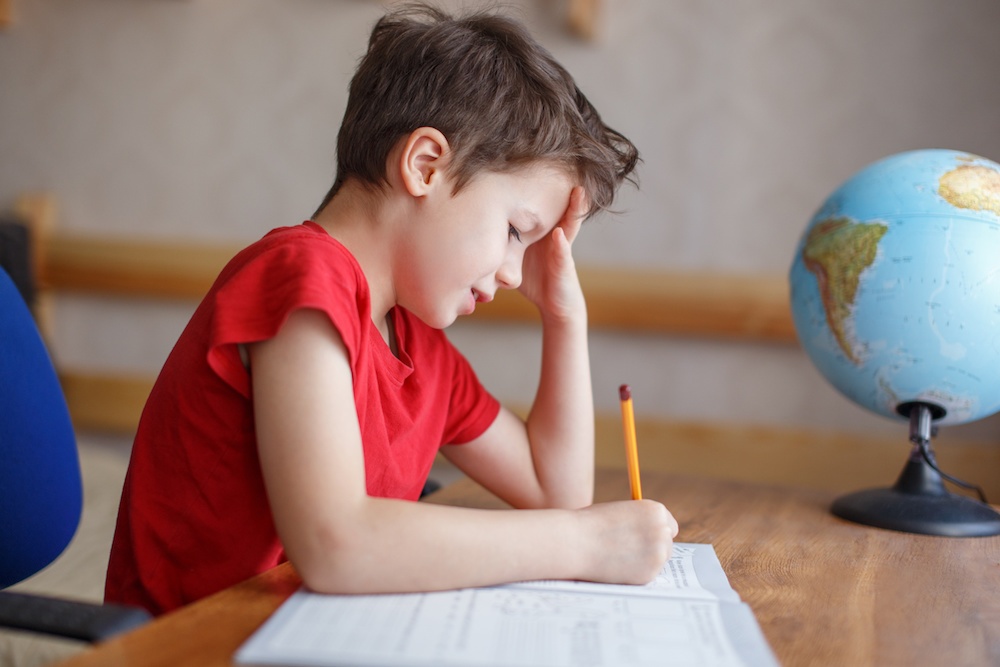Ultimate Guide for Children’s Benadryl Dosage
Benadryl is a common medicine for children suffering from cough and cold. It is used across various countries, although the composition varies to a certain extent. The medicine is available in the form of syrup for kids and can also be used in case of viral infections leading to rashes, itching, runny nose, allergic reaction and sneezing. Although it is recommended by doctors, you should have the right information about children’s benadryl dosage, so that the medicine can function effectively. Here, you will come across detailed guidelines about the right dosage of Benadryl for your child.
Read More: 7 Home Remedies for Cough and Cold in Infants
How much Benadryl should you provide for your kids?
You should remember, that the syrup should be given to your kids based on their weight and not the age. Often, parents do not consult the doctor before providing their kids with Benadryl, and end up giving the wrong dosage. You should know how much medicine is ideal for your child. Therefore, considering the weight, you need to provide him with the medicine. It is wise to go through the children’s benadryl dosage chart before you give the medicine to your child. It will keep off issues related to over-dosages and under-dosages. Here, you will get a clear idea about how much Benadryl is safe for your child.
If you provide the medicine in liquid form, a child weighing 20 to 24 pounds needs 4 ml of this medicine. And if you do not have a measuring cap, you can five three-fourths of a teaspoon of this medicine to your child. If the weight of the child is between 25 to 37 pounds, the dosage should be 5 ml, or a full teaspoon. A child weighing 38 to 49 pounds needs 7.5 ml of this medicine, which is around one and a half teaspoon. For kids weighing 50 to 99 pounds, the children’s benadryl dosage should be 10 ml. You can give two teaspoons of Benadryl to your child.
When do paediatric doctors prescribe Benadryl for kids?
Paediatric doctors prescribe Benadryl for kids when they suffer from the following problems:
- Cough and cold: This is the most common symptom in kids for which a paediatric doctor prescribes this medicine. Cough and cold are common in kids. The syrup is very effective in these cases and help them to get cured in a short time. However, it may make your child feel drowsy.
- Allergies: Kids who have allergies in sneezing find the medicine beneficial. It is very uncomfortable to keep on sneezing for a long time. Benadryl has the ability to check this issue and prevent the children from sneezing when they have allergic attacks.
- Motion sickness: This is a common problem in many children. They become sick when they are in motion. This makes them difficult to travel in buses, cars and other vehicles. Doctors recommend this medicine for motion sickness and keeps off the uneasiness in kids.
- Insomnia: Benadryl is also prescribed to treat children suffering from insomnia. This is a common problem in many parts of the world today. Benadryl results in drowsiness, which helps them to get a faster sleep. You need to provide the medicine to your kids before they go to sleep. You should check out the correct dosage from the children’s benadryl dosage chart and provide the right amount of the syrup to your child. Benadryl is also available in the form of chewable tablets. You can also provide these to your child. It will help him to get rid of insomnia in a short time.
- Allergic reactions: Allergic reactions in the skin may result in rashes. This causes discomfiture to the skin and needs a swift solution. You can provide Benadryl to treat the children.
Instructions to follow when you provide Benadryl to your child
First of all, you need to adhere to the instructions provided by the doctor. Read the guidelines given on the label before providing it to the child.
Make sure not to cross the prescribed dosage limit. Overdose may result in slowing down of the respiratory process or lower the rate of heartbeat in the kids.
The measuring device that comes along with the package should be used to determine the quantity of medicine.
Keep these guidelines in mind while giving Benadryl to your child. Now, you have a clear idea about children’s benadryl dosage. It will enable you to provide the right quantity of medicine to your child.
References:
https://premierpediatrics.net/resources/dosage-charts/
https://www.benadryl.com/benadryl-dosing-guide













